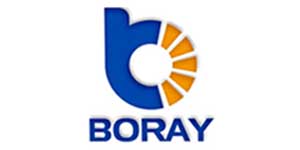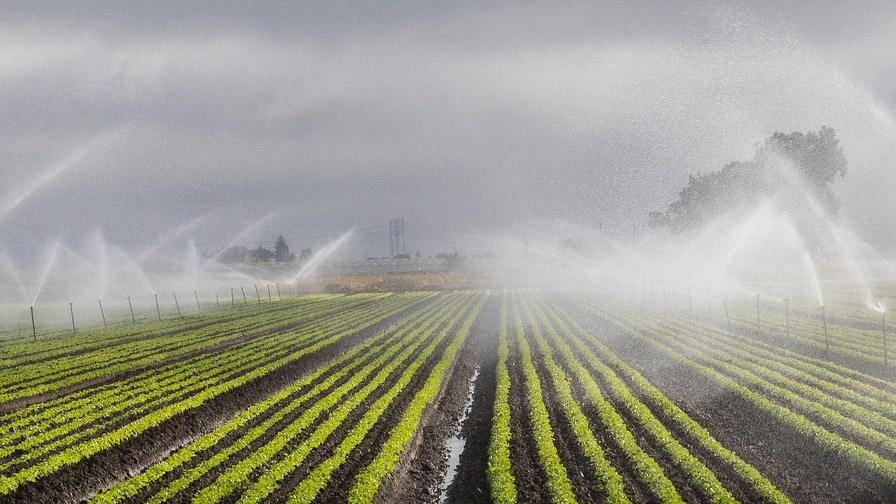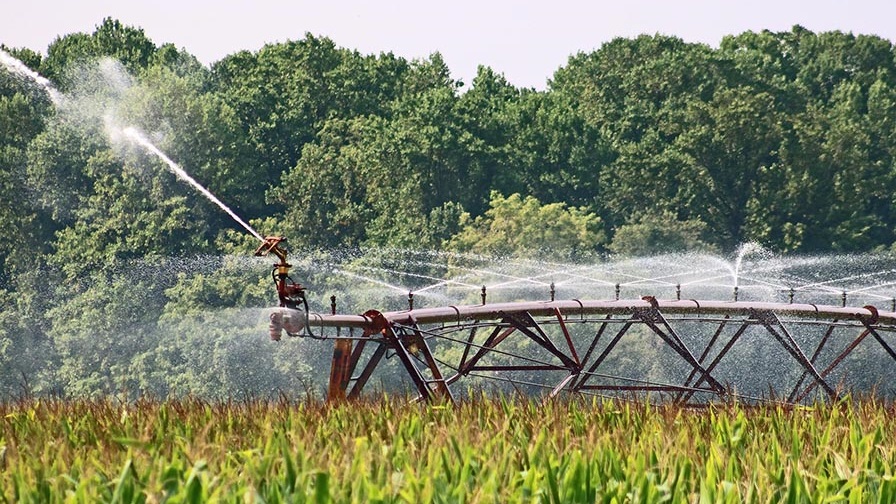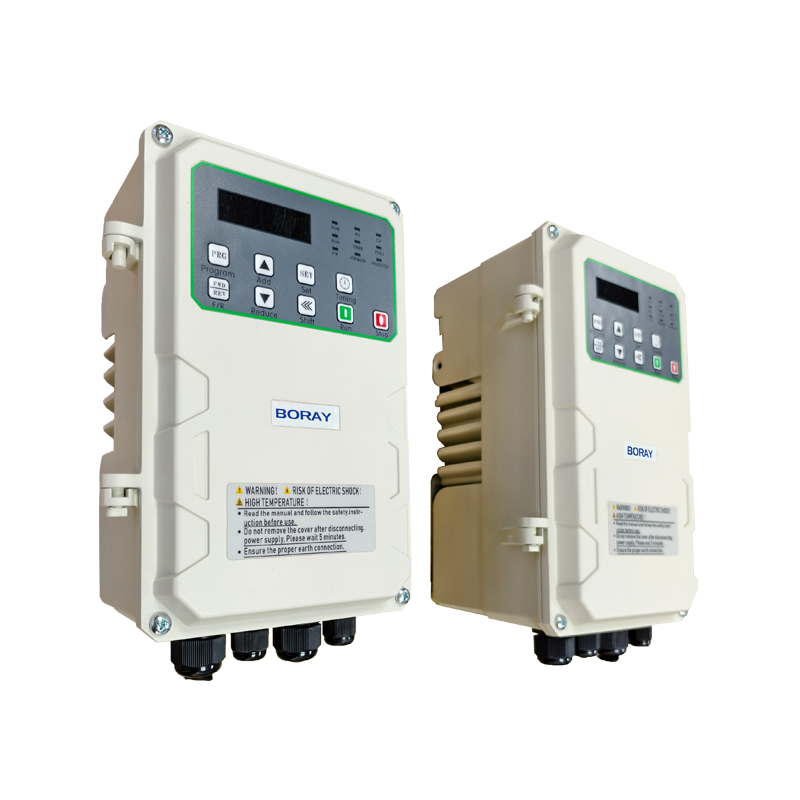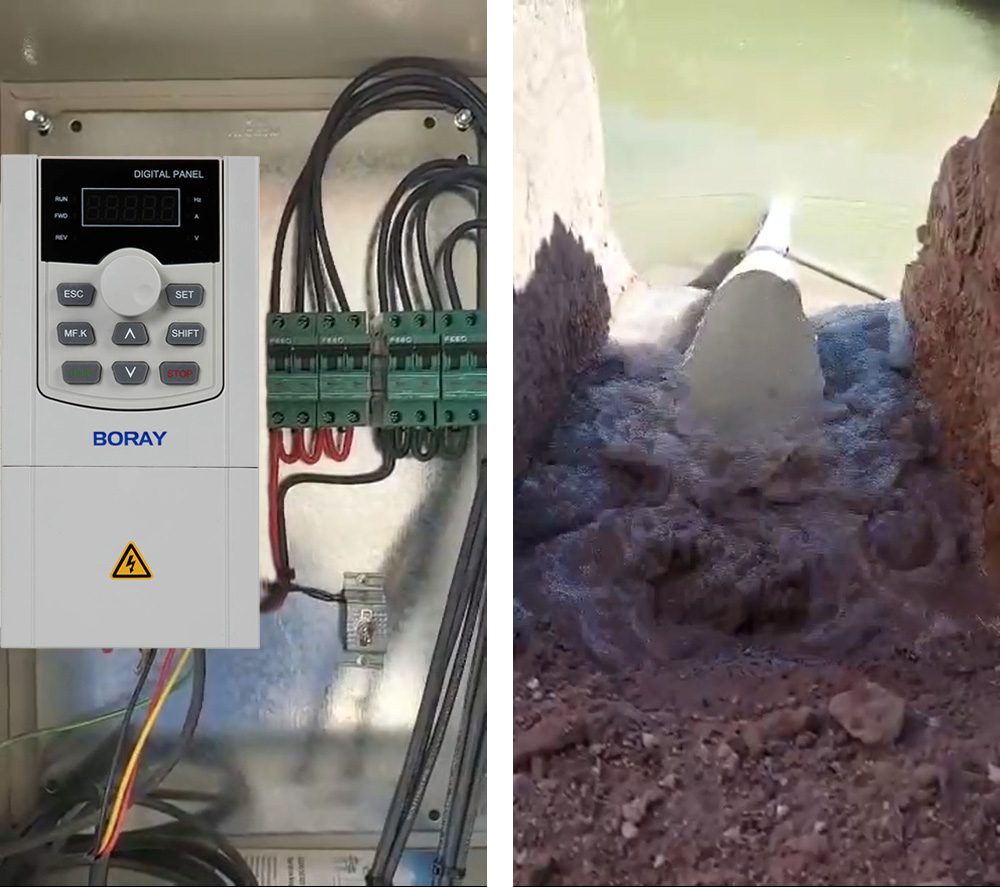As the world turns to renewable energy, solar water pumps have become a game-changer in agriculture, especially in remote and off-grid areas. At the heart of these systems is the solar water pump inverter, a critical component that maximizes efficiency and ensures reliable operation. But how exactly does it work? This article takes a closer look at the technology behind solar water pump inverters and their role in sustainable agriculture.
Core Components of a Solar Water Pump System
A typical solar water pump system consists of three main parts:
- Solar panels – convert sunlight into DC power.
- Solar water pump inverter – converts DC power to AC power (if needed) and controls the pump motor.
- Pump – lifts and delivers water for irrigation or drinking.
The inverter is the brains of the system, responsible for optimizing performance and protecting components.
How a Solar Water Pump Inverter Works
1. DC-AC conversion (if needed)
- Most solar water pumps use either a brushless DC (BLDC) motor or a three-phase AC motor.
- If the pump is AC-based, the inverter converts the DC power from the solar panel into AC power of the required voltage and frequency.
2. Maximum Power Point Tracking (MPPT)
- Solar panels produce different amounts of power depending on the intensity of sunlight.
- The inverter’s MPPT algorithm continuously regulates voltage and current to extract the maximum available power, increasing efficiency by 20-30% compared to non-MPPT systems.
3. Soft Start and Motor Control
- Prevents sudden power surges that can damage the pump.
- Gradually increases speed for smoother operation and longer motor life.
4. Protection Features
- Dry-run protection – Stops the pump when the water level is too low.
- Overvoltage/undervoltage protection – Protects the system from voltage spikes or voltage drops.
- Overload protection – Prevents motor burnout.
Why Solar Pump Inverters Are More Efficient Than Traditional Systems
| Feature | Traditional Pump | Solar Pump with Inverter |
|---|---|---|
| Energy Source | Grid/Diesel | Solar (Free & Renewable) |
| Efficiency | 40-60% | 80-95% (with MPPT) |
| Maintenance | High (fuel, filters) | Low (no fuel, fewer moving parts) |
| Lifespan | 5-7 years | 10+ years |
Real World Applications
- Farm Irrigation – Provides a steady supply of water without the cost of fuel.
- Livestock Watering – Ideal for remote grazing areas.
- Village Water Supply – Off-grid communities get clean water.
Solar pump inverters are revolutionizing water delivery, making solar pumps more efficient, reliable, and cost-effective. As technology advances, these systems will play a greater role in sustainable agriculture and global water security.
